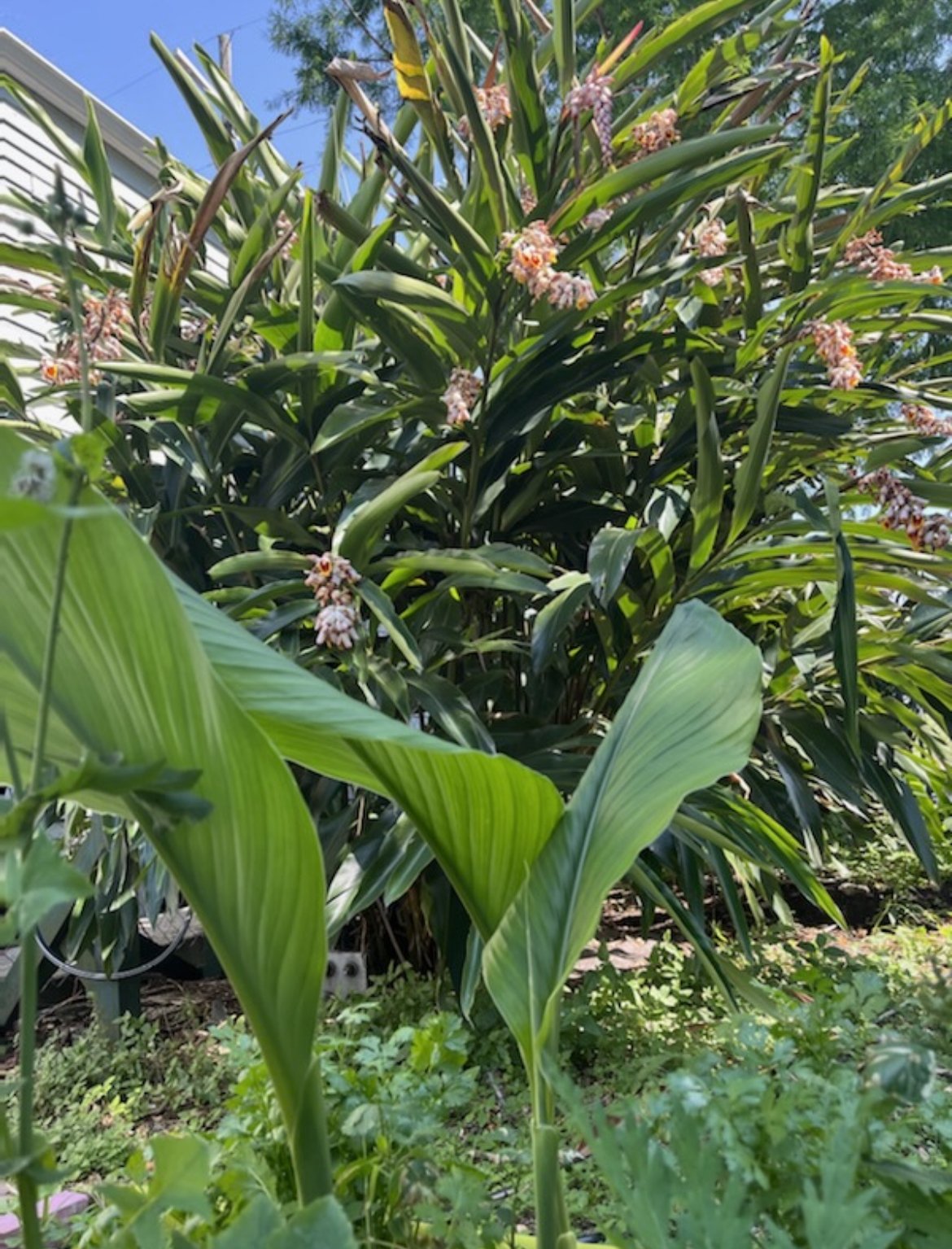Meet the plants: ginger
“A social movement that only moves people is merely a revolt. A movement that changes both people and institutions is a revolution.”
― Dr. Martin Luther King Jr.
Zingiber officinale
Ginger! The movement builder. This plant promotes digestion, increases the flow of fluids in the body, is a stimulant and harmonizer. Ginger is a part of the Zingiberaceae family, which also includes turmeric and cardamom. Probably best known for its anti-nausea qualities. Ginger root is commonly recommended for preventing seasickness and is found to be superior to the pharmaceutical Dramamine or placebo against symptoms of motion sickness (Mowrey and Clayson 1982).
Less recognized is ginger’s great harmonizing abilities. Ginger is added to more than half of Traditional Chinese Medicine (TCM) formulas in tiny amounts to bring the formula together – meaning ginger facilitates unity and harmony amongst disparate herbs. They work better when ginger is involved.
Ginger is used in numerous forms, including fresh, dried, pickled, preserved, crystallized, candied, and powdered or ground. By the middle of the 16th century, Europe was receiving more than 2000 tonnes of dried ginger a year from the East Indies. In the Middle Ages, it was used to ward off the plague and for a while it was so popular it was placed on the table like salt and pepper. Ginger can help relieve pain such as cramping or pain associated with diarrhea or menstrual cramps. It improves especially slow or sluggish digestion, and helps with gas and bloating, a heavy feeling after meals. Ginger has traditionally been used for reducing pain caused by inflammation, like in arthritis,for colds and the flu, especially where there are signs of coldness and dampness, like shivering, or thick sticky mucus. As a movement builder, ginger gets stuck mucus flowing. Stimulating fever herb – helps crank up the fire so our bodies have to throw open a window (break the fever).
Ginger and tumeric growing together at the Abolitionist’s Sanctuary in New Orleans.
We love ginger for its movement building qualities. This plant stokes the internal fire to lower the fever, gets blood movin, and most poetically- facilitates harmony between other herbs.
How would you define movement or coalition building? Why would it be critical to PIC abolition?
Who would be included in building an abolitionist centered movement?
Who or what in your community works like ginger offering unexpected synergy and harmony?
Ginger teaches us to hold two opposing truths at the same time, like raising the bodies temperature in order to lower it. How does this apply to practical abolitionist strategy?
